Compliance is vital for RTOs to continue doing business. Following the Standards for RTOs 2015 has its challenges, and some organisations don’t always pass their ASQA RTO audits. In cases of non-compliance, RTOs are subject to sanctions, depending on their extent. In some cases, it even leads to deregistration.
To help you ensure you are knowledgeable and prepared, we’ve compiled everything you need to know about the RTO audit and rectification process, what you can do to prepare, some internal audit examples you can utilise, and other important considerations that will help you remain compliant.
Check out our relevant article, Tips in Preparing for Your Annual Declaration on Compliance.
Key Steps of an ASQA RTO Audit
There are a few scenarios in which ASQA initiates an audit: your RTO is new and seeking registration, your RTO is changing its scope, renewing your registration, or you are the unlucky recipient of a random audit. In less desirable circumstances, ASQA may initiate an audit based on information that indicates your RTO may be non-compliant. Here are the key steps you can expect as part of that process.
Planning the RTO Audit
Each audit is customised based on every RTO’s needs. The process starts when the auditor calls you to:
- Confirm the audit date/s and time
- Notify the scope of the audit
- Request for submission of pre-audit evidence or information
- Advise where your interview will take place: onsite or video conferencing
Conducting the RTO Audit
ASQA will conduct an opening meeting to confirm the reason for the audit and discuss the whole process. Then, collecting and analysing evidence will commence. This includes interviews with key persons within your organisation and a review of the submitted evidence. After, they will hold a closing meeting to discuss the findings or any issues identified during the RTO audit.
Decision and Next Steps
The auditor will write the audit report to identify whether or not you are compliant. Following the report, they will discuss the results, as well as the next steps you need to take. If you are found compliant, you will receive a letter from ASQA, and you don’t need to take any further action.
On the other hand, if ASQA finds your RTO non-compliant, you will receive your audit report and a notification letter. Here, you will find the next steps you need to take.
Important note: ASQA charges $250 per hour per auditor for conducting an RTO audit. This excludes those undertaken as part of the initial registration application.
Preparing for an RTO Audit
ASQA can schedule an RTO audit anytime. The best way to be prepared is to consistently follow compliance practices. Your RTO must maintain sound policies, processes, and systems. You need to ensure you have quality learning resources, your trainers are fully qualified, and the like.
Review your training resources and see if they have the tools and features you need to remain compliant while delivering the best learning experience to your students.
In acquiring your training materials, it’s best to get resources that offer an audit rectification guarantee. This gives you added protection when a regulatory audit finds an issue with your training.
Do a regular self-assessment using ASQA’s self-assessment tool to check if you meet all the requirements.
Conduct internal audits to ensure you’re well-prepared when the ASQA audit comes. This is a proactive way of maintaining a compliant environment within your organisation. You can also consider an RTO internal audit a “health check” to verify that your operations align with RTO standards.
Here are some internal audit examples and actions you can undertake to prepare your RTO:
- Identify the areas to audit
Internal audits can be a wonderful tool to drive continuous improvement within your RTO. Auditing every single area of the organisation may not be viable, so identifying the right areas to audit can help you achieve your desired results.
- Create an audit calendar
Each process within the organisation requires a different audit frequency. Some areas may require a daily audit, while you might need to check others quarterly. Keeping an audit calendar will help ensure you stay on track.
- Prepare an audit checklist
An audit checklist usually contains process-related questions an auditor will ask involved team members. A checklist will help you ensure each team member is on the same page.
- Record and analyse audit findings
After the auditor performs the assessment, you must record and analyse the audit findings. This way, your RTO can identify which processes are working fine and correct those that need immediate attention.
- Create an action plan
Outline an action plan to guide your RTO and provide recommendations for rectification or improvement. This will help you to take the necessary steps and make the required changes.
Most Common Non-compliance Issues Found During an ASQA RTO Audit
-
Assessment Tools
The most common non-compliance issue identified during an audit is the assessment tools. Assessment tools contain everything you need to do the assessment. Your assessment tool should meet the Principles of Assessment and Rules of Evidence under Standard 1.8. You must provide your learners with the correct materials to complete their tasks. So, acquiring the right resources is crucial to remain compliant.
-
Trainers & Assessors
It is not enough that your trainers deliver quality and up-to-date training. They must be qualified and provide evidence of those qualifications based on Standard 1.13b.
This has been a consistent non-compliance issue due to RTOs not understanding the evidence required. Here are some ways to maintain the skill currency of trainers:
- Ask your trainers to work or volunteer in the industry they are teaching for a short period of time
- Invite workers from the industry to check and validate your trainer’s skills
- Have the industry workers check your students’ work while they are onsite
-
Effective Training and Assessment Strategies (TAS)
Your TAS is your roadmap for strategically delivering training and assessment. It’s a guide on how, when, and where to deliver courses. It covers every training product your RTO delivers, which is usually the first thing the auditor asks and investigates. It is essential to find training resources with compliance features to avoid non-compliance. Make sure that your TAS covers:
- How trainers assess students
- All the required resources for training and assessment
- How the RTO delivers training (face-to-face, online, blended)
- When the assessments are due
- How training is structured
What to do if you were found non-compliant?
RTO Audit Rectification Process
If you were found non-compliant during an audit, ASQA will give your RTO an opportunity to rectify non-compliance issues. ASQA will provide you with a non-compliance letter containing an opportunity to respond to the non-compliance within a short timeframe (usually within 20 days) or request an Agreement to Rectify (ATR) over a longer period (typically up to 3 months).
During this time, you’re expected to assess your practices and their impact on your students. You must also provide evidence to prove that you have already taken action to correct your practices based on recommendations.
Depending on the seriousness of your non-compliance, ASQA will:
- Advise you of their intent to impose a sanction or condition and provide you with an opportunity to respond
- Advise you of their intent to reject your application and provide you with an opportunity to respond
- Reject your application (without an opportunity to respond)
ASQA will send an Evidence Compliance template you can use to describe what you have reviewed and addressed to be compliant, what actions you took to rectify your non-compliance (supported by evidence), and how you have managed the issues impacting other students, including across other training products.
If you disagree with specific findings of non-compliance, you must include this in your response and provide supporting evidence.
An ASQA RTO audit can happen any time and takes an in-depth look at your RTO before arriving at a final recommendation. Audit results are based on evidence the RTO submits after an auditor reviews them. To ensure compliant outcomes and quality training and assessments, it is always best for RTOs to employ compliance practices and effective continuous improvement.
When choosing your training materials, always look for high-quality training resources and those with an audit rectification guarantee—like the ones RTO Learning Materials offers. This will help you a lot during RTO audits.
Read 6 Mistakes RTOs Make When They Purchase Training Resources.
We have a wide range of compliant training resources with a rectification guarantee. If you have further questions or concerns, feel free to contact us at 1300 808 480 or fill in the enquiry form. We will be glad to assist you and provide you with free samples or even a personal walkthrough.



